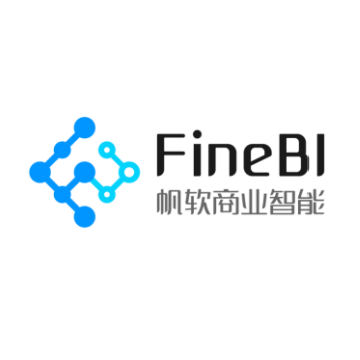Esp32 是意法半导体(STMicroelectronics)推出的一款低功耗微控制器,专为物联网(IoT)设备设计。它支持多种通信协议,包括Wi-Fi、蓝牙和Zigbee。本文将为您提供一个简单的Esp32开发入门教程,帮助您创建首个应用程序。
1. 准备开发环境
首先,您需要安装Esp32开发工具链。这通常包括编译器、调试器和示例代码。您可以从以下链接下载最新版本的Esp32开发工具链:https://developer.st.com/en/microcontrollers/esp32/development.html
2. 创建新项目
在Esp32开发工具链中,选择“创建新项目”选项。为您的项目命名,并选择一个存储位置。根据您的需求,选择适当的硬件配置。例如,如果您要连接Wi-Fi或蓝牙,请选择相应的网络栈。
3. 编写代码
在您的项目中,编写用于控制Esp32的代码。以下是一个简单的示例,演示如何使用Arduino IDE编写一个程序,该程序使用Wi-Fi连接到指定的IP地址,并发送一条消息到另一个设备。
```cpp
#include
#include
#include
const char* ssid = "your_wifi_ssid";
const char* password = "your_wifi_password";
const char* server_url = "http://localhost";
const int server_port = 80;
// Wi-Fi setup
void setup() {
Serial.begin(115200);
WiFi.begin(ssid, password);
while (WiFi.status() != WL_CONNECTED) {

delay(1000);
Serial.println("Connecting to ");
Serial.println(ssid);
}
Serial.println("Connected");
}
// Web server setup
void loop() {
if (server_port == 80) {
// Send message to another device
String message = "Hello, World!";
Serial.print("Sending message: ");
Serial.println(message);
// TODO: Add code to send the message to another device
} else {
// Handle other incoming requests
}
}
```
4. 编译并上传代码
在Esp32开发工具链中,编译您的代码。确保您的硬件配置正确无误。然后,将生成的二进制文件上传到您的Esp32开发板。
5. 运行应用程序
启动您的Esp32开发板,并连接到互联网。打开串行监视器,您应该可以看到来自您的服务器的消息。
恭喜!您已经成功创建了第一个Esp32应用程序。您可以根据需要进一步扩展此程序,以实现更复杂的功能和应用场景。













